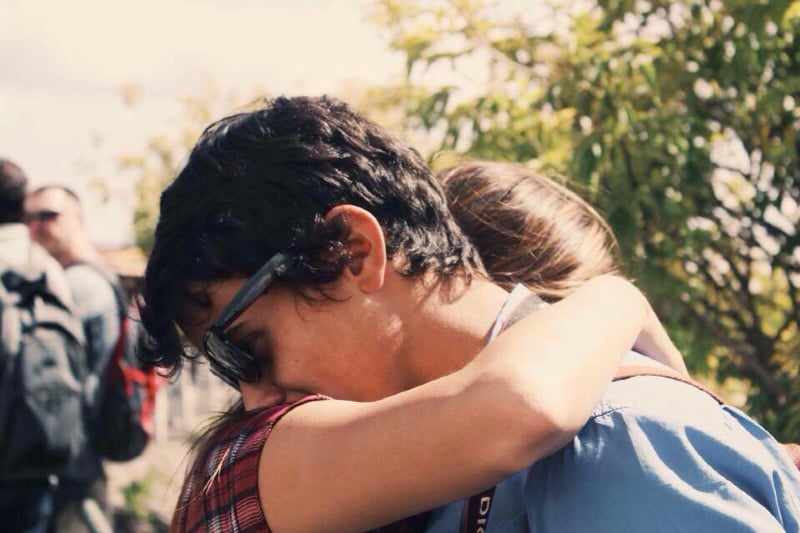[ad_1]
Let’s make a balloon rocket with things you have around the house to explore Newton’s Third Law. This simple science experiment balloon experiment is a rocket that can be constructed in your backyard with just piece of string or fishing line, a water bottle, tape, straw and a balloon.
Kids of all ages will love this science activity including older kids. I am doing it with preschoolers today.

Balloon Rocket for Kids
My kids are fascinated by all things outer space and real rockets (even if it doesn’t directly relate to Star Wars). Today we are bringing NASA into our backyard through the magic of fishing line, straws and balloons.
It is just like Apollo 13 only without the danger.
What Is Newton’s Third Law?
Sir Isaac Newton is known for his three laws of motion which was published many, many years ago in 1686. His first law is about an object at rest, his second law is about how force equals mass times acceleration and his third law of motion is:
For every action, there is an equal and opposite reaction.
Let’s build a balloon rocket to explore how one action (the full balloon’s air escaping) creates an opposite direction (the balloon rocket moving)!
This article contains affiliate links.
How to Make a Balloon Rocket
Supplies Needed to Build a Balloon Rocket
Directions to Make a Balloon Rocket
Get your supplies together and cut the drinking straws into smaller pieces.
Step 1
String your fishing line between two objects in your backyard 80 to 100 feet apart tying one end of the string to the secure object.

Step 2
Before you attach the second end of string, thread the fishing line through two of the straw pieces so they can slide on the line.
Step 3
Take the water bottle and cut off each end so that you are left with a 3-4 inch ring. Tape this ring onto one of the straw segments.
Step 4
Next get your balloons.
Note: Please learn from my mistake. When I went to the store for long balloons I bought the ones that are for making balloon animals. When I got home I realized that those are impossible to blow up without a pump of some sort. I needed bigger balloons! So, from here on out, I am showing you how to do this with round balloons which won’t be nearly as effective as traditional long balloons or inflated balloon animal ones!
Step 5
Blow up one balloon and then hold it in the ring not letting the air escape while you put a second balloon in place.
If done with the right balloons and better coordination, the second can be positioned so that it stops the air escape from the first. Each balloon will hold different amounts of air.
Balloon Rocket Launch
Release the second balloon….the air escapes! The balloon rocket moves! We watched the rocket fly!
Whoooooosh!
The second balloon propels the rocket and the rocket travels forward and then as it gets smaller, the first balloon takes over.
Stage one!
Stage two!
Reusable Balloon Rocket
We launched the balloon rocket over and over and over. Each time watching the pushing force of the air rushes that created our rocket engine.
On the subsequent launches, I used just one balloon because it was easier to set up and I had very enthusiastic astronauts.
Why the Balloon Rocket works
Why does this happen? For every action, there is an equal and opposite reaction. This principle observed by Newton, lies at the heart of rocket (in this case, balloon rocket) science. The air escaping the balloon out the back pushes the rocket forward in an opposite direction. The force of the balloon air escaping is the same as the forward motion force that pushes the travel.
Printable instructions for this balloon rocket experiment.
More Rocket Fun from Kids Activities Blog
Did you have fun with Newton’s Third Law and your homemade balloon rocket?
[ad_2]
Original Source Link

 PARENTING TIPS
PARENTING TIPS PREGNANCY
PREGNANCY BABY CARE
BABY CARE TODDLERS
TODDLERS TEENS
TEENS HEALTH CARE
HEALTH CARE ACTIVITIES & CRAFTS
ACTIVITIES & CRAFTS







